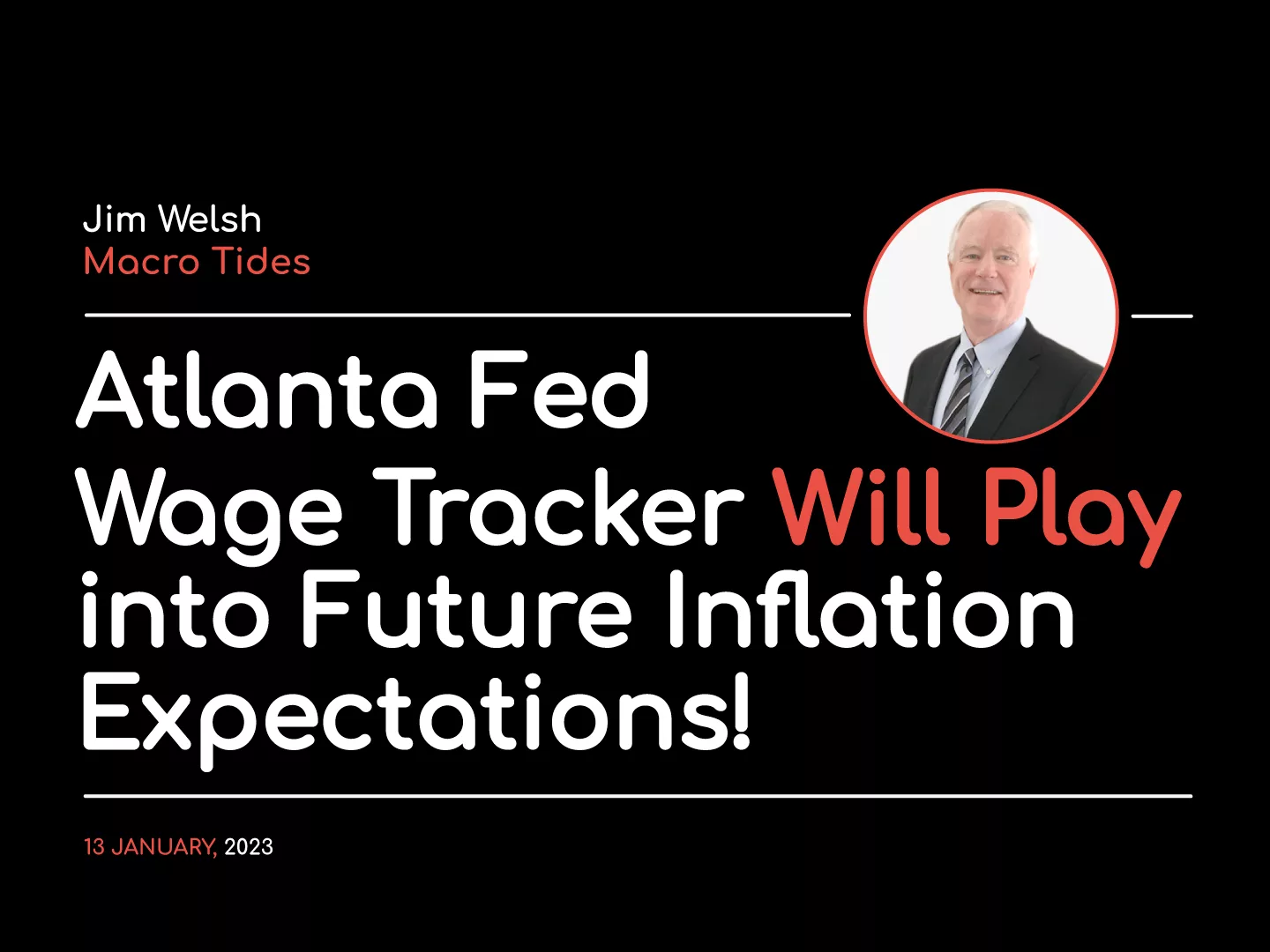Will Andrew Bailey be Bold?

Will Andrew Bailey be Bold?
Well, the Fed didn’t disappoint when it raised rates as expected by 75bps last Wednesday evening. In the press conference following the decision, Jerome Powell mentioned that the Fed would stop giving forward guidance on its interest rate policy and instead would now become more data dependent. It is an interesting move and unsurprising but considering that whole sets of data are unreliable and more volatile than we have been used to in this era of conflict combined with the ongoing post-pandemic upheaval, their moves will become more challenging. Less than twenty-four after the announcement, US Second Quarter GDP was published, showing that it had shrunk by 0.9% annualised Quarter on Quarter, marking back-to-back quarterly contractions. In plain English, despite what US politicians opine, the US is now in recession. Will the Fed now reverse policy and start easing? I think not, and after Friday’s higher than expected Personal Consumption data its even more unlikely, and now all eyes turn to this week’s employment data.
Away from the US, Europe continued to be a focus of attention with the threat of disruption not only to the public but equally as seriously to industry from the threatened interruption to their oil supplies. That President Putin is playing the gas card is no more surprising than Europe apparently looking after Germany and France’s supplies. Surprisingly Germany just avoided entering a recession in the second quarter, but after Friday’s report showing Eurozone inflation still trending higher, the euro’s problems look to worsen. The narrative in the week ahead will focus more on the UK, with the Bank of England set to raise rates on Thursday. Whether the Monetary Policy Committee has the cojones to move by 50bps is open to debate. The Bank meets with the Conservative party, seemingly determined to destroy its credibility as the ongoing contest between Liz Truss and Rishi Sunak to be the party’s next leader and Prime Minister continues.
GBP
The market will carry on its favourite “will they won’t they” game in the early part of the week in preparation for the announcement of the interest rate decision from the Bank of England at 12.00 on Thursday. The consensus is for a 50bps rise in rates after MPC members hinted that they are not afraid of moving rates forcefully to control inflation. There is also expectation that the Old Lady will tighten via further sales of the bonds that it bought during quantitative easing. With the economy facing storms ahead, the window to act forcefully is starting to close; indeed, the markets have trimmed the terminal rate, now expected to be 2.9%, down from 3.5%. However, that rate does infer two more 50bps hikes before Christmas. Where will a 50bps leave sterling? The doves will hope that sterling gets a fillip from the rise, but with the Fed still likely to carry on raising rates aggressively, this is far from certain. With sterling having fallen 10% this year against the dollar, the Bank’s interest rate policy cannot decouple too much without further sterling weakness which should be grist to the hawks on the committee. In the background, the pound will stay slightly vulnerable to the seemingly interminable leadership battle as well as worrying about the inflationary impact of any pledges the candidates make. Data-wise, S&P release their Purchasing Managers Index for Manufacturing as this note hits your inbox, followed on Wednesday by Services and Composite PMIs.
EUR
Friday’s data showed that Germany narrowly avoided going into recession in the last quarter. Still, supply chain frictions, uncertainty and high energy and commodity prices as a result of the ongoing war in Ukraine it is undoubtedly only a matter of time before it does. To make matters worse, the current dry weather has reduced water levels in the Rhine, among other rivers, to close to the 2018 draught levels. Water levels this low are now disrupting supply chains making for a perfect storm in the second half of the year; Friday’s other data showed the effects of supply chain disruption on inflation with a worryingly high level of core inflation at 4%. The combination of a looming recession, stubbornly high inflation, and a winter of energy disruption in prospect makes the ECB’s job of controlling inflation tricky. The market is now anticipating a front loading of rates with another possible 50bps move in September before they start reversing the policy. All in all, a challenging outlook for the euro to battle against. As this note lands in your inbox, S&P will publish its Manufacturing PMIs for the bloc, and later the EU will post its unemployment rate. On Wednesday, S&P is scheduled to release its Composite and Services PMI, and Eurostat will release the Eurozone’s Producer Price Index.
USD
As always, the first week of the month sees the latest US employment data release starting on Wednesday with the ADP white collar report on Wednesday, the usual weekly employment change on Thursday and the all-encompassing Non-Farm Payrolls on Friday. With the Fed now taking action on a data-driven approach, Friday’s number will arguably be more important than they have been recently. A relatively health number in the region of 225,000 is expected, with unemployment staying around 3.6%. However, the numbers are still skewed by the after-effects of Covid and whether even a poor set will disrupt the Fed from its present course of tightening is unlikely despite the market looking for a “Fed Pivot”. Apart from the employment data this afternoon, ISM release their Purchasing Managers Indexes on Manufacturing Indexes, Wednesday, sees further information from ISM on Services PMIs, and when taken in their entirety, they may show that the US is tipping into recession.
20220801









